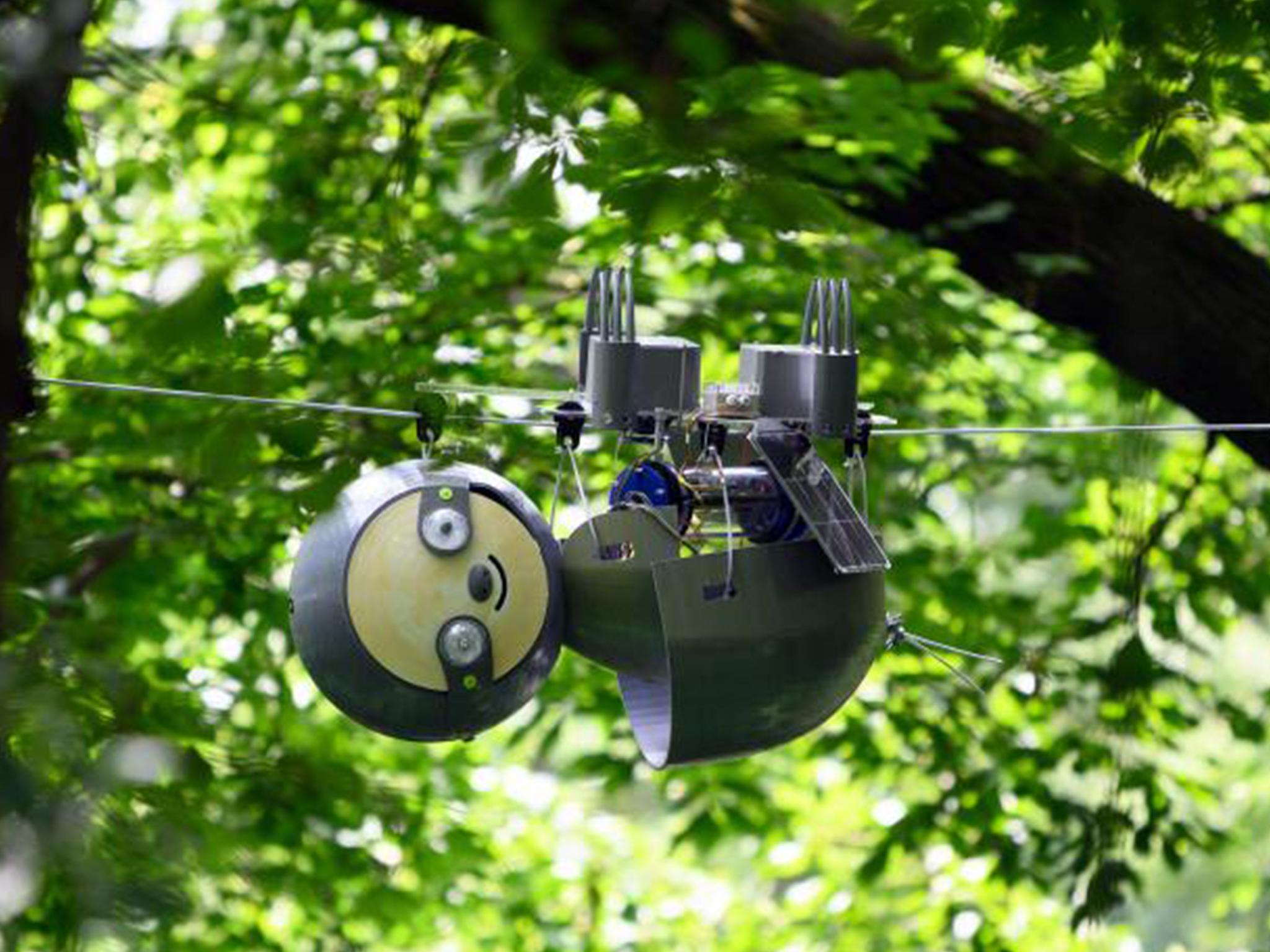Robot sloth used to save the world's most endangered species
As well as cultivation, the mechanical mammal could be used in precision agriculture

Your support helps us to tell the story
From reproductive rights to climate change to Big Tech, The Independent is on the ground when the story is developing. Whether it's investigating the financials of Elon Musk's pro-Trump PAC or producing our latest documentary, 'The A Word', which shines a light on the American women fighting for reproductive rights, we know how important it is to parse out the facts from the messaging.
At such a critical moment in US history, we need reporters on the ground. Your donation allows us to keep sending journalists to speak to both sides of the story.
The Independent is trusted by Americans across the entire political spectrum. And unlike many other quality news outlets, we choose not to lock Americans out of our reporting and analysis with paywalls. We believe quality journalism should be available to everyone, paid for by those who can afford it.
Your support makes all the difference.The Atlanta Botanical Garden will be using a robotic sloth to save some of the world’s most endangered species.
The sloth robot, called Slothbot, hangs in trees to monitor animals, plants, and the environment.
It’s capable of monitoring temperature, weather, and carbon dioxide levels.
It was built by the robotics engineers at the Georgia Institute of Technology and uses solar panels to power itself.
Much like the slovenly actions of the real animals, Slothbot moves slowly along a 100-foot cable strung between two trees.
In larger environments, Salothbot will be able to switch between cables to cover more ground.
“SlothBot embraces slowness as a design principle,” the Georgia Tech “That’s not how robots are typically designed today, but being slow and hyper-energy efficient will allow SlothBot to linger in the environment to observe things we can only see by being present continuously for months, or even years.”
The design of Slothbot’s 3D-printed body is to protect the motors, gears, and batteries, and sensors in the robot.
It was inspired when professor Magnus Egerstedt saw two-toed slooths creeping on overhead wires in Costa Rica. “It turns out that they were strategically slow, which is what we need if we want to deploy robots for long periods of time,” he said.
“That’s not how robots are typically designed today, but being slow and hyper-energy efficient will allow SlothBot to linger in the environment to observe things we can only see by being present continuously for months, or even years.”
Slothbot could be used for multiple purposes aside from conservation, such as precision agriculture.
Cameras in the robot could detect crop diseases, humidity changes, and insect infestation.
“The most exciting goal we’ll demonstrate with SlothBot is the union of robotics and technology with conservation,” said Emily Coffey, vice president for conservation and research at the Garden.
“We do conservation research on imperiled plants and ecosystems around the world, and SlothBot will help us find new and exciting ways to advance our research and conservation goals.”
Should Slothbot prove useful in the Atlanta Botanical Garden, the researchers hope to use one in South America to observe orchid pollination or the endangered frogs.
Join our commenting forum
Join thought-provoking conversations, follow other Independent readers and see their replies
Comments